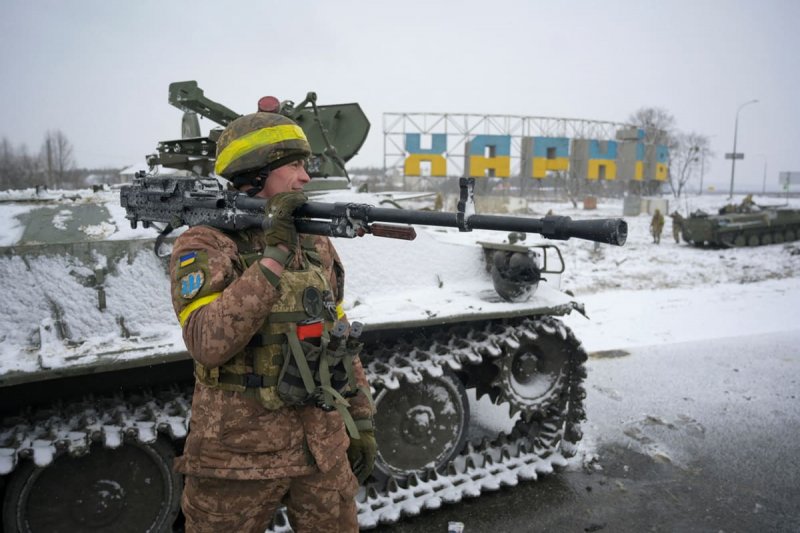The Russia–Ukraine war entered a new phase of escalation over the past 24 hours, marked by record-scale Russian strikes on Ukrainian energy infrastructure, intensified Ukrainian drone attacks deep inside Russian territory, and widening hybrid warfare tactics involving European airspace, News.az reports.
Putin Claims 5,000 km² Territory Seized in 2025
Russian President Vladimir Putin declared that Russian forces have seized nearly 5,000 square kilometers of Ukrainian territory so far this year, asserting that Moscow now holds the “strategic initiative” on multiple fronts. He said Ukrainian forces are “retreating in several directions,” pointing to advances in Pokrovsk, Siversk, Kostyantynivka, and Kupiansk, as well as the creation of buffer zones in Sumy and Kharkiv regions.
Ukraine rejected these claims, stressing that no major cities have fallen in 2025. Officials confirmed only limited Russian gains near Dobropillia and localized tactical movements along the front line.
Russia Launches Largest Energy Attack of the War
Russia unleashed its biggest assault yet on Ukraine’s natural gas network, firing 381 drones and 35 missiles in coordinated strikes on energy facilities in Kharkiv and Poltava regions. Ukrainian authorities described the damage as “significant,” warning of severe pressure on the power grid ahead of winter.
In response, Kyiv announced plans to increase natural gas imports by 30% to offset the disruption. European partners are expected to assist with LNG supplies and storage, but logistical challenges remain.
Ukraine Hits Back With Deep Drone Strikes
Ukraine intensified its own strikes inside Russia, hitting an oil refinery in Tyumen, Siberia—the deepest attack on Russian territory since the war began. Ukrainian drones also targeted the Sverdlov ammunition plant, a weapons depot, and an oil terminal in occupied Crimea.
Moscow claimed to have intercepted over 250 drones across 14 regions in recent days. Russian officials also reported a failed Ukrainian drone strike on the Novovoronezh nuclear plant, with a UAV crashing into a cooling tower without causing major damage.
‘Shadow Fleet’ and Airspace Violations Raise European Alarm
Ukrainian President Volodymyr Zelenskyy accused Russia of operating a clandestine “shadow fleet” of oil tankers used both for sanctions evasion and as platforms for drone reconnaissance and launches targeting Europe. French authorities recently boarded one such vessel, the Boracay, amid growing concerns in European capitals.
Meanwhile, several European countries—including Poland, Germany, Denmark, and Belgium—have reported violations of their airspace by Russian drones, raising fears of an expanded gray-zone conflict beyond Ukraine’s borders.
Diplomatic Tensions and International Response
The Kremlin warned that the potential delivery of U.S. Tomahawk missiles to Ukraine would mark “a new level of escalation.” Washington is reportedly preparing to share more intelligence with Kyiv to support deep strikes on Russian energy assets.
Turkey’s President Recep Tayyip Erdoğan urged Putin to consider renewed diplomatic channels, while European Union states agreed to tighten restrictions on Russian diplomats’ movements within the bloc.
Widening War Dynamics
Analysts say these developments reflect a shift toward multi-domain escalation: Russia is weaponizing winter through infrastructure strikes, while Ukraine is extending its reach into Russia and challenging Moscow’s strategic depth. European airspace incursions and maritime tactics further blur the lines between conventional and hybrid warfare.
